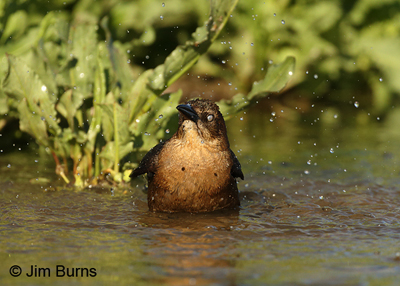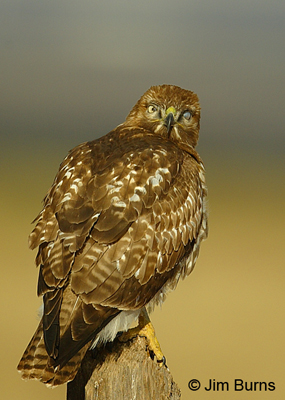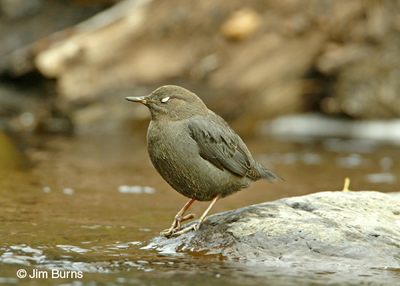
The name for the nictitating membrane, sometimes referred to as the third eyelid, comes to us from the Latin nictare, to blink. The membrane is translucent and, in some species, transparent. Perhaps the best analogy for what it does and how it works is a human wearing a contact lens. The nictitating membrane can be drawn across the eye, reflexively and horizontally, from the inside, or corner of the eye, outward.
The photo also presents a conundrum of sorts. Prior to shooting this image, I knew of only three families of birds with nictitating membranes: water birds, woodpeckers, and raptors. The first, birds which search for their food underwater--diving ducks, some waders, and the American Dipper--have a transparent membrane which allows them to see underwater while protecting the eye. The dipper is the classic example, often seen on a river rock with its “white” eyelid visible.
Woodpeckers, when excavating, will draw their third eyelid shut a moment before impact of bill against tree, both to cover the eye against wood debris but, more importantly, to encase the eye as protection against retinal injury from the impact itself. And most birders have witnessed, if only in documentaries, the feeding frenzy that accompanies raptor parents’ returns to an active nest with food. Daytime raptors are known to draw the nictitating membrane shut to cover the eye when transferring prey items, especially to older, larger nestlings.
Perhaps I have not been paying close enough attention, or maybe I have just not been lucky enough with the camera, but the opening image of the bathing grackle was the first time I was aware of a nictitating membrane present in a species other than the three families mentioned above. In a cursory perusal of the literature I could not find a reference to this, but we all know birds bathe, some quite frequently, so it may be that many species in many families possess this adaptation.
Researchers have shown that disparate species possess a nictitating membrane for disparate reasons, all of them quite logical for the protection of a wild animal’s “moneymaker,” their vision. Peregrines blink this membrane repeatedly during stoops to moisturize the eye, Polar Bears draw theirs shut to protect against snow blindness, and camels activate theirs to remove sand from the eye. The immature Red-tail shot is interesting because it shows the right eye’s membrane just finishing its retraction as the hawk has swiveled its head and closed the left eye’s membrane. This image was taken in open grasslands on a very windy day with much debris in the air.
The physical adaptations that make birds different from us and special to us are many and varied. The image of the bathing grackle will serve to make me slow down and become more observant. And wonder how many “bad” photos I’ve deleted that may have shown some of these adaptations in real time application.
|
American Dipper |

